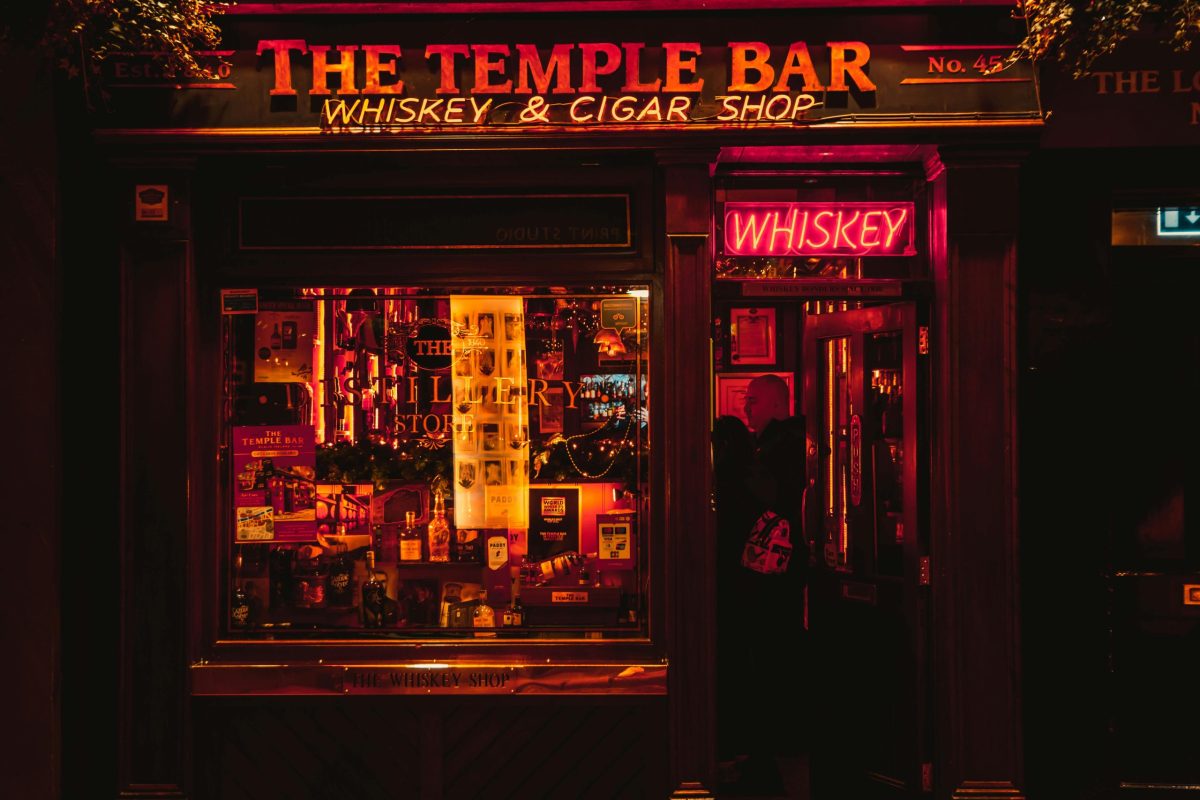Uncategorized
The Day the Whole Country Stopped for GAA Pride
From Fields of Green to Gritty Streets: The Day the Whole Country Stopped for the Last Man Standing.
Estimated reading time: 8 minutes
- The GAA was founded in 1884 and has since become a vital part of Irish culture.
- Croke Park, where the last man stood, has a record capacity of over 82,000, making it one of the largest stadiums in Europe.
- The idea of the “Last Man Standing” has historical roots in Irish folklore, reflecting resilience often depicted in our songs and stories.
- Many Irish emigrants carry a piece of home with them, often donning county jerseys around the world, connecting them to their roots.
When the clock struck three on that fateful day, the hum of everyday life across the emerald isle faded into silence. The pubs, the shops, the bustling streets — all came to a standstill as if the very soul of Ireland held its breath, tuned in to the last man standing. This was not just another bout of sport; it was a moment where folklore and identity collided, bringing a nation to its knees in reverence, pride, and unity.
The Heart of the Nation: Gaels and Grit
There’s a magic in the air when the GAA rolls into town. It’s in the crack of a hurl hitting a camogie ball, the bellowing roar of a crowd as a player takes a free kick in the dying seconds of an All-Ireland final, and the way a county’s colors drape over every heart and shoulder—each stitch whispering tales of past glories- and legacies forged on the pitch. That day in August, as the sun sipped down through the clouds, thousands gathered at Croke Park, their spirits interwoven through chants of “Up the Dubs!” or “Go on, Kerry!”
But in that hallowed stadium, it was not only the vibrant colors of jerseys that painted the scene — it was the convergence of stories, of struggle, resilience, and community. From fields of green where children played football in the summer rain, to the gritty streets where legends were born, every heart shared a common beat that day. The last man standing represented not just personal triumph, but collective spirit — a reminder of all we have fought for and all we hold dear.
Footsteps of the Fallen: A Nation’s Tourney
Outside the stadium, the towns throbbed with energy as if possessed by a spirit of good-natured recklessness. Banners were waved triumphantly, while huddled groups recounted the legends of yesteryears — tales of the brotherhood forged in struggle and sweat. There were echoes of Bobby Sands and the hunger strikers, whose lives wove the fabric of resistance through sacrifice. “To remember is to hold fast!” shouted an elder, rousing a group of fifty-something lads clad in their Kerry jerseys. The rivalry ran deeper than mere competition; it was a reflection of our pride, history, and the baggage we still carried.
The last man standing wasn’t just a wild card on the field; he became a symbol — a vessel of dreams that swirled like whiskey in an old glass. As the afternoon waned, someone began singing the rebel ballad “A Nation Once Again,” and soon the streets resonated with the anthems of old. In that moment, everyone was a player on the field of life, grasping for the same glory, rich with the bittersweet honey of history. The air filled with passion so thick you could almost touch it, reminding us all that cherished moments don’t just occur within lines defined by a pitch.
The Collective Soul: Of Diaspora and Memory
As evening fell, it occurred to many gathered outside that, in bars from Boston to Berlin, from New York to Sydney, diaspora roots stretched as far and wide as the hills of Connemara. County jerseys, once the pride of local fields, became the thread that bound hearts thousands of miles apart. Those rooted deeply in our soil were not alone; the displaced carried that auld sense of home wherever they roamed—pint in hand, stories to tell.
Each jersey worn in the booths of downtown pubs—be it a GAA jersey from Westmeath or a soccer jersey representing the FAI—holds whispers from a time when stories were passed down through reckless, joyous nights. Thus, the last man standing became a metaphor that transcended borders. He became the very essence of a nation longing for connection across the miles, as voices chimed “one for all and all for one” echoing under the twinkling lights of festive shenanigans.
Did You Know?
- The GAA was founded in 1884 and has since become a vital part of Irish culture.
- Croke Park, where the last man stood, has a record capacity of over 82,000, making it one of the largest stadiums in Europe.
- The idea of the “Last Man Standing” has historical roots in Irish folklore, reflecting resilience often depicted in our songs and stories.
- Many Irish emigrants carry a piece of home with them, often donning county jerseys around the world, connecting them to their roots.
FAQs
What is the significance of the last man standing in Irish culture?
The last man standing represents resilience, victory, and collective pride, connecting all Irish people through shared experiences. For more about the spirit of Irish sports, check out our GAA jerseys collection.
How can I embrace and share my Irish identity abroad?
You can showcase your Irish pride through clothing and memorabilia found at HubIrish.com, where the essence of our history and culture is celebrated in every product.
Final Word
As the night faded, the fields of green echoed with a laughter that wouldn’t soon be forgotten. This is what it means to be Irish — to gather, to reminisce, and to reclaim our stories as one. If you carry the same pride we do, you’ll find a piece of home waiting at HubIrish.com.

